Hi all,
This plant has suffered a lot, as you can see for yourselfez, i think the owner is also very easy on the triger with the nutes. soil was very dry, i gave it tons of water, leaves look a but more pointing up this morning.
what is your opinion on it? is it lacking some specific nute maybe? i will check tomorow again.
just watered a little bit moore i will ask what soil it is, BC in my opinion it is crap.
amost forgot, temps and humidity are ok, 20-21 degrees steady and 40-50% humidity.
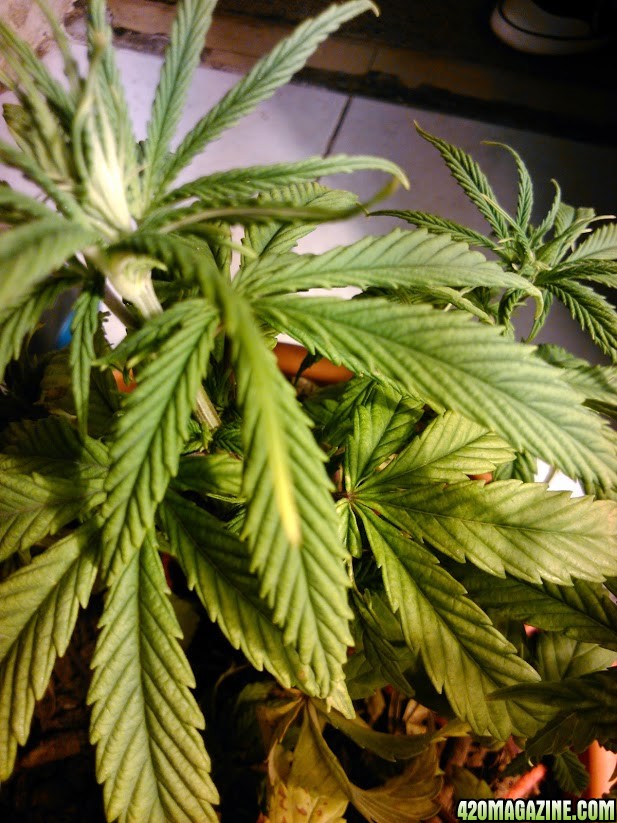
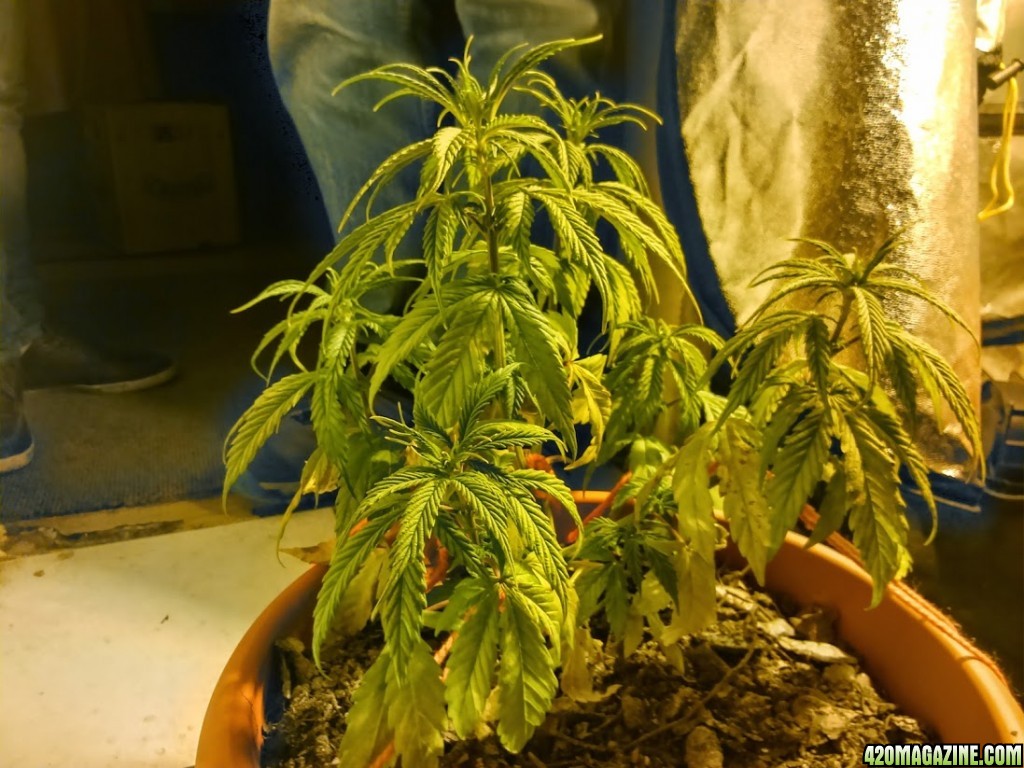
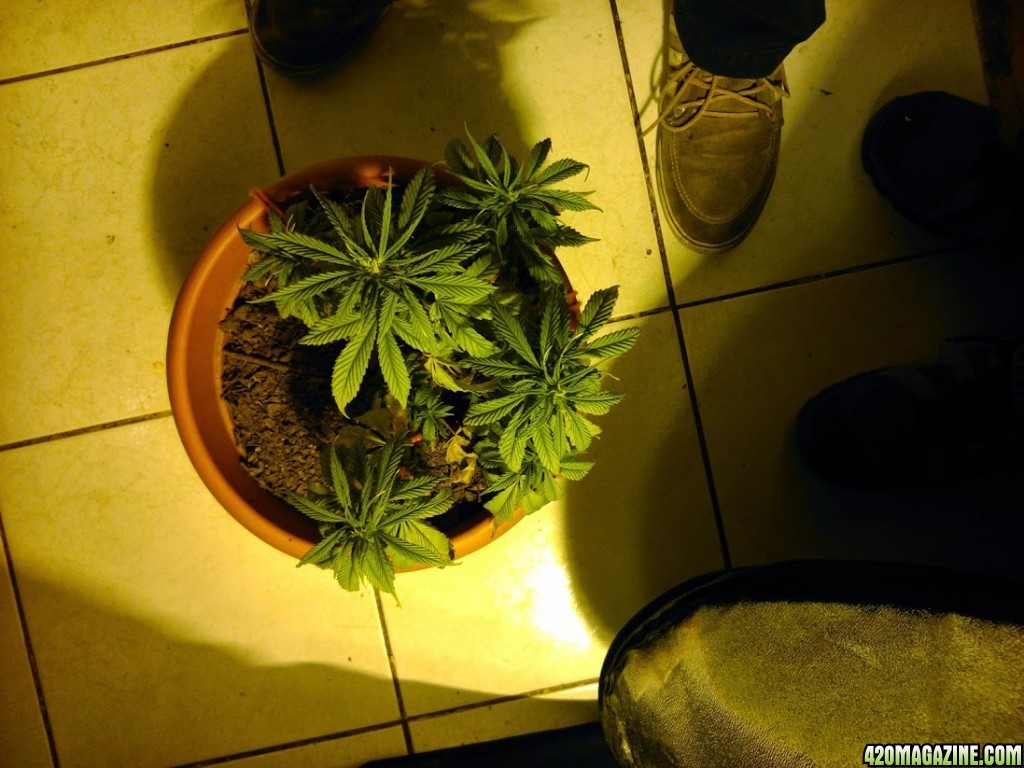
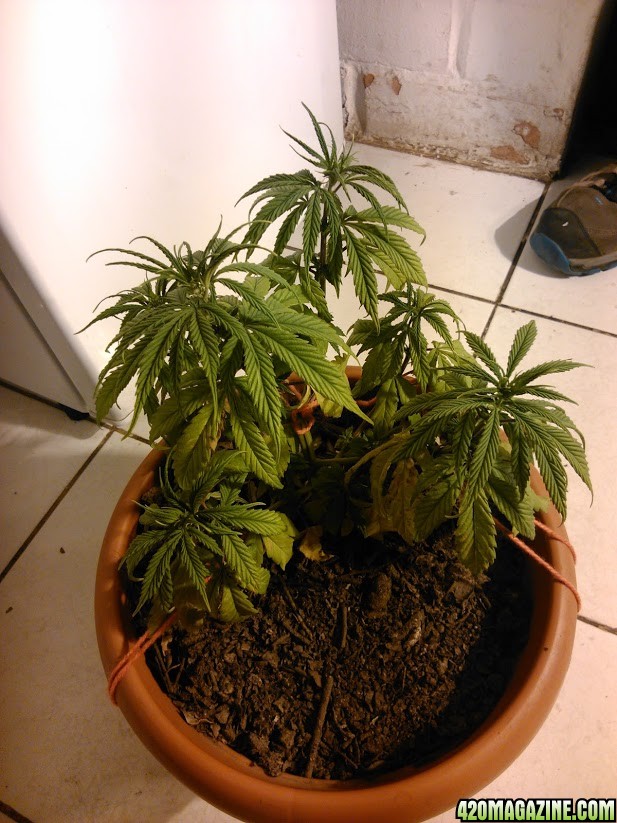
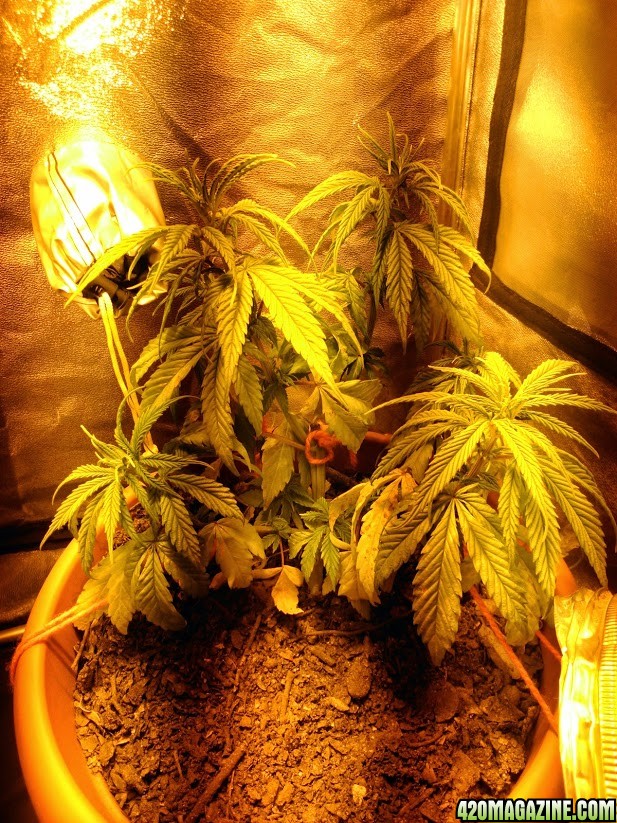
This plant has suffered a lot, as you can see for yourselfez, i think the owner is also very easy on the triger with the nutes. soil was very dry, i gave it tons of water, leaves look a but more pointing up this morning.
what is your opinion on it? is it lacking some specific nute maybe? i will check tomorow again.
just watered a little bit moore i will ask what soil it is, BC in my opinion it is crap.
amost forgot, temps and humidity are ok, 20-21 degrees steady and 40-50% humidity.








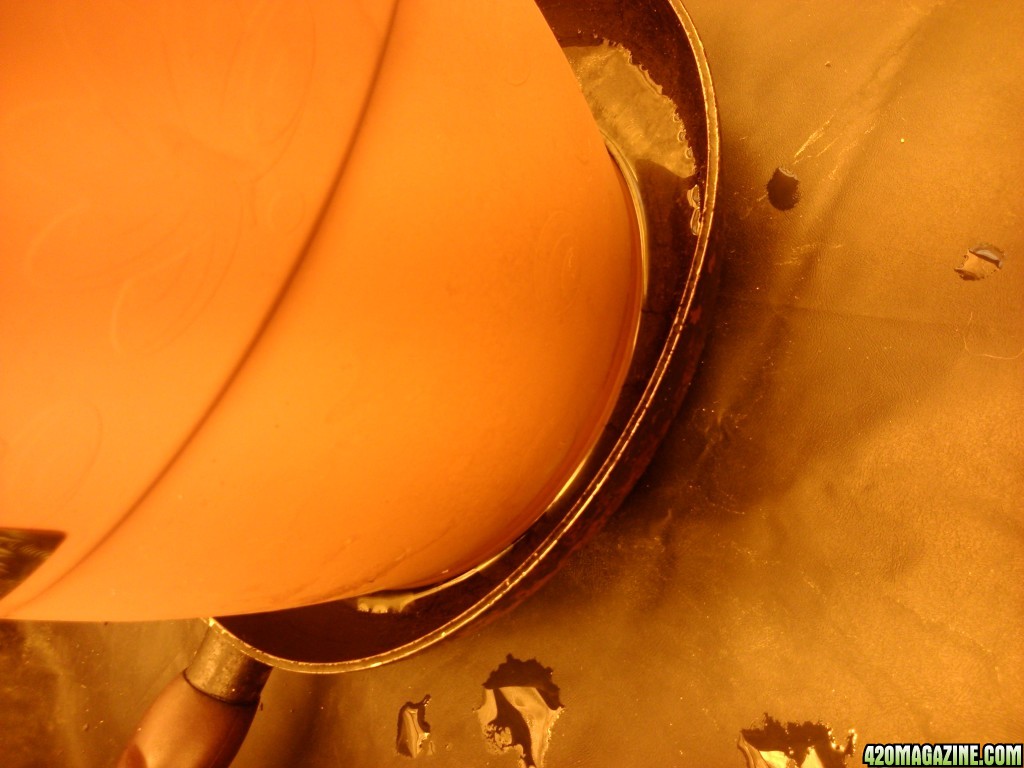
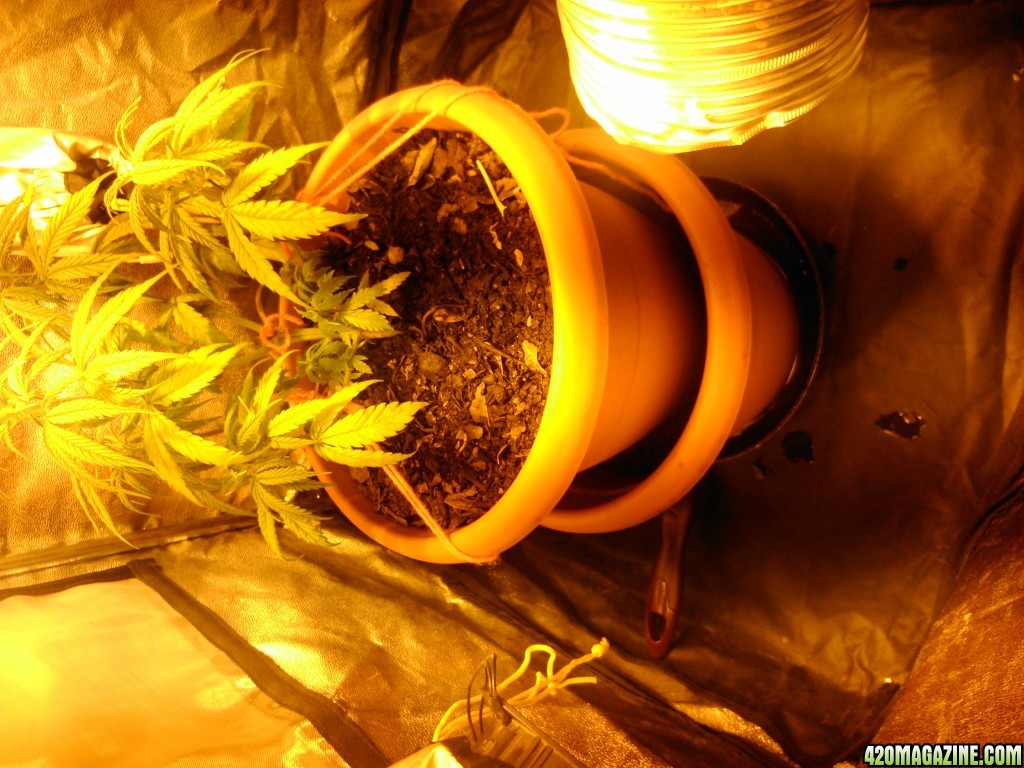
 :K ratio of about 108 (which of course is the same ratio as 2016), and for flowering plants, 48. Check the pH after adding nutrients. If you use a reservoir, keep it circulating and change it every 2 weeks. A general guideline for TDS levels is as follows:
:K ratio of about 108 (which of course is the same ratio as 2016), and for flowering plants, 48. Check the pH after adding nutrients. If you use a reservoir, keep it circulating and change it every 2 weeks. A general guideline for TDS levels is as follows:  Hope this helps you and any others who may run in to this condition. I fought it for years until finally figuring it out the hard way. Cheers and happy growing!!
Hope this helps you and any others who may run in to this condition. I fought it for years until finally figuring it out the hard way. Cheers and happy growing!!